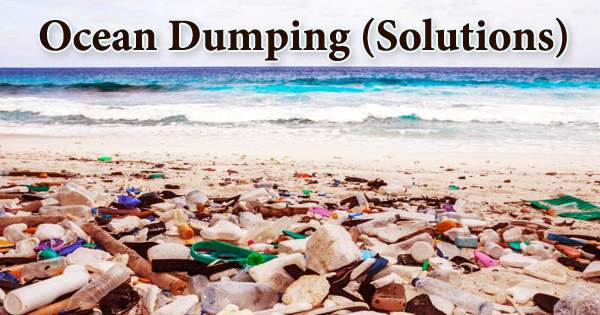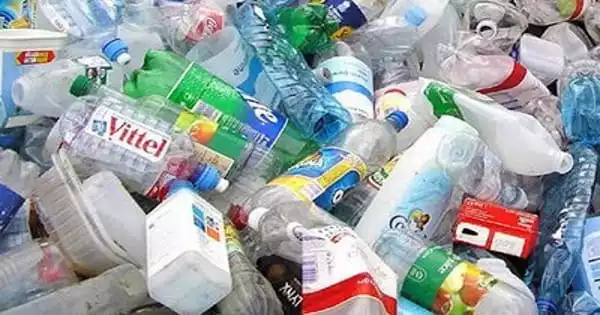Environmental degradation, encompassing deforestation, desertification, pollution, and climate change, is one of humanity’s most serious concerns, and it is a growing source of concern for the international community. Environmental degradation makes societies more vulnerable and adds to resource shortages.
Effects of Environmental Degradation –
(1) Impact on Human Health
The destruction of the environment has a significant impact on human health. It could be on the receiving end as a result of environmental degradation. Water quality degradation causes more than two million deaths and billions of illnesses worldwide each year. Toxic air pollutants can induce respiratory diseases such as pneumonia and asthma in people who live in polluted areas. Water shortage and a deterioration in food quality are two consequences of environmental degradation. Millions of individuals are known to have died as a result of the indirect impacts of air pollution.
Landfills increase the likelihood of hazardous elements entering the food chain, resulting in biomagnification and, ultimately, the development of chronic diseases. Altogether, the toxic wastes and harmful chemicals from factories, agriculture and automobiles cause illnesses and death in children and adults.
(2) Loss of Biodiversity
Environmental degradation has resulted in the ongoing loss of wild forests and the devastation of natural ecosystems, which has largely contributed to the extinction of species. Biodiversity is critical for sustaining ecosystem balance by battling pollutants, recovering nutrients, protecting water sources, and moderating climate. The number of threatened species continues to increase globally, while some have become extinct.
Deforestation, global warming, overcrowding, and pollution are only a few of the significant causes of biodiversity loss. This is due to human actions such as acidifying water systems, over-exploitation of natural resources, overcrowding, and the deliberate and indirect destruction of natural systems required for the survival of various species.
(3) Ozone Layer Depletion
The ozone layer is in charge of shielding the Earth from damaging ultraviolet rays. The presence of chlorofluorocarbons and hydrochlorofluorocarbons in the atmosphere is depleting the ozone layer. As it depletes, it will radiate dangerous radiation back to the earth.
Environmental degradation, such as over-exploitation of natural resources, pollution, and deforestation, can contribute to a scarcity of resources, particularly arable land, water, genetic resources, medicinal plants, and food crops.
(4) Atmospheric Changes
Some natural processes, such as the water cycle and the typical processes of animal and plant activity, can be affected by environmental degradation. Furthermore, environmental degradation factors such as deforestation and mining devastate natural land cover. This, together with air, water, and land pollution, poses a number of dangers to atmospheric change. Global warming and climate change, which can raise the danger of climatic natural catastrophes, as well as ozone layer depletion, which increases the risk of skin cancer, eye disease, and crop failure, are among the changes.
(5) Economic Impact
The enormous costs that a country may have to bear as a result of environmental degradation can have a big economic impact in terms of restoring green cover, cleaning up landfills, and protecting endangered species. The majority of developing countries attribute poverty to inadequate agricultural yields and a lack of high-quality natural resources required to meet basic survival needs. The economic impact may also include the loss of the tourism industry. The shortage of basic survival supplies and a lack of food quality is a direct outcome of environmental degradation in the regions.
The majority of vulnerability situations in developing nations caused by water scarcity, climate change, and low crop yields are linked to environmental degradation. Hence, the lack of access to adequate basic needs such as water and food directly induce poverty.
















